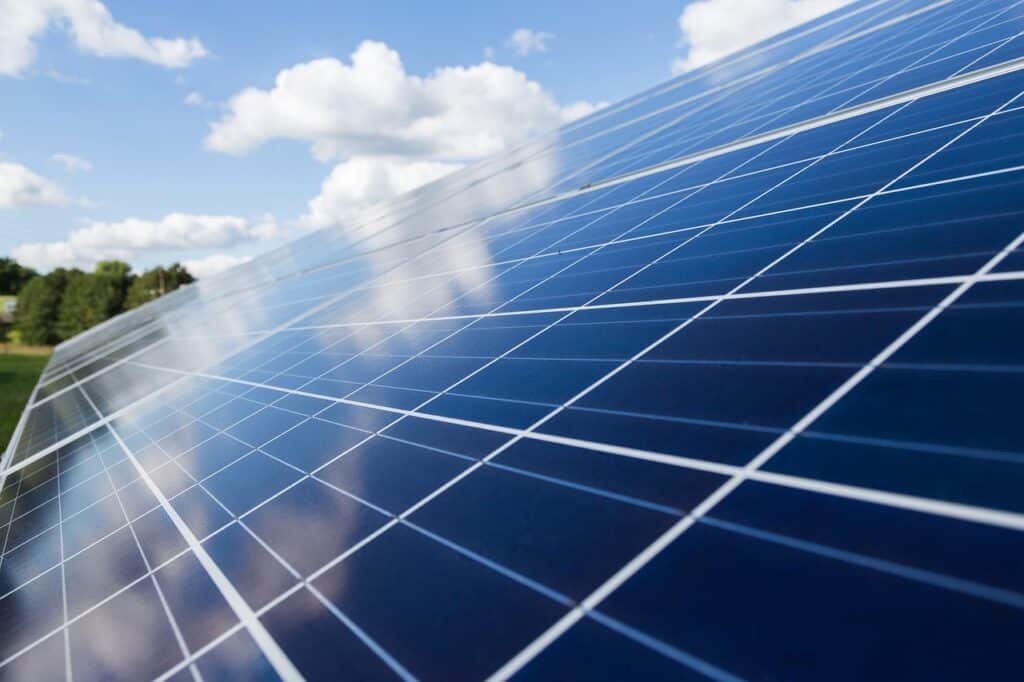The invisible soil and groundwater contamination crisis lurks beneath our feet, affecting our ecosystems, health, and future. It is critical to have precise information, such as data gathered through soil sampling, to assess the extent of pollution and tailor a sustainable counter-attack. This article aims to illuminate practical remediation approaches, providing hope for restorative practices that can heal our planet’s vital resources.
The Science Behind Soil and Groundwater Contamination
Soil and groundwater contamination stems from various sources, posing significant environmental and health risks. Understanding the science behind this issue is paramount. Contaminants, like heavy metals and chemicals, infiltrate soil layers, leaching into groundwater over time. Comprehensive soil sampling Orange County, NY, reveals the extent of contamination, aiding mitigation strategies. Industrial activities, improper waste disposal, and agricultural practices contribute to contamination.
Proactive measures such as soil remediation can mitigate risks and protect ecosystems through scientific analysis and monitoring. Addressing soil and groundwater contamination demands interdisciplinary approaches, emphasizing prevention, remediation, and sustainable land management practices.
Critical Methods of Environmental Remediation
The comprehensive treatment of contaminated areas is complex and multifaceted. Selecting the right remediation strategy necessitates deeply comprehending the contaminant and the site’s features. Excavation remains a useful, albeit invasive, method to directly remove tainted soil from a site. On the other hand, the pump-and-treat system is a staple method for extracting contaminated groundwater, requiring it to be treated above ground. When removing pollutants from a site is not feasible, alternative options are available. One such option is in-situ treatments involving bioremediation, soil vapor extraction, and chemical oxidation. These treatments can be administered on-site and help reduce the need to transport pollutants away, limiting the possibility of secondary contamination.
Bioaugmentation: Harnessing Microbes for a Cleaner Environment
Bioaugmentation leverages the power of specific strains of bacteria and fungi to metabolize contaminants. These biological agents act as natural decomposers that convert harmful substances into less toxic or innocuous compounds. In some cases, bioaugmentation is the primary treatment, while in others, it works alongside physical or chemical methods to enhance the overall effectiveness of the remediation process. This method contributes significantly to the disintegration of complex organic compounds that would otherwise remain in the environment while gently influencing the current ecology.
Technological Innovations in Groundwater Remediation
Groundwater remediation technology is rapidly evolving, propelled by a drive for more sustainable and less intrusive methods. Innovations like in-situ chemical reduction using zero-valent iron and bioremediation with engineered microorganisms exemplify modern approaches to tackle subterranean contamination. One of the most promising advancements is the emergence of nanotechnology in remediation efforts. Nano-sized particles, engineered to target specific contaminants, offer unprecedented precision in purging pollutants from groundwater sources. This, along with developments in sensor technology for real-time monitoring of contaminant levels, marks a significant leap forward in our ability to safeguard our most precious natural resource.
Social Responsibility and Community Involvement in Remediation Efforts
The fight against contamination is not just for experts in lab coats; it’s a battle for the community. Social responsibility is integral to this crusade, with increased environmental awareness and proactive engagement at local levels. Community-driven initiatives, educational programs, and volunteer clean-up activities are instrumental in galvanizing public support and ensuring accountability. Such collective efforts serve not just to address the aftermath of pollution but also to create a community culture that prioritizes environmental stewardship.
Monitoring and Preventing Future Contamination
Prevention and vigilance are vital facets in maintaining the purity of our soil and water. Ongoing monitoring, using state-of-the-art equipment for detecting even trace levels of pollutants, is essential for ensuring that remediation efforts have been successful and that the environment remains uncontaminated. Moreover, advocacy for stricter regulations on industrial waste management, promotion of sustainable agricultural practices, and public education on the dangers of pollution can all contribute to a more informed society capable of preventing future environmental degradation. It’s a collective endeavor that involves policymakers, industries, scientists, and everyday citizens joining forces to champion the cause of a cleaner, safer earth.





